Navigating the easing of lockdown
Since the middle of March, Victoria Tower Gardens and its stretch of the Thames has been a place of refuge. A place where we have been lucky enough to feel sheltered from the dangers and fear incited by the spread of Covid-19. With the falling number of cases and the easing of restrictions, we have ventured slightly further afield and, since the beginning of July have been able to spend more time in the gardens watching the river slowly coming to life.
Colliers Launches have been running circular cruises from Richmond to Teddington Lock and back, with PRINCESS FREDA but so far the only boats of theirs that we can see every day, the CONNAUGHT and the QUEEN ELIZABETH have remained quietly but assuredly frustratingly, at anchor in Westminster, where though they have been *visited* on occasions by PRINCESS FREDA.
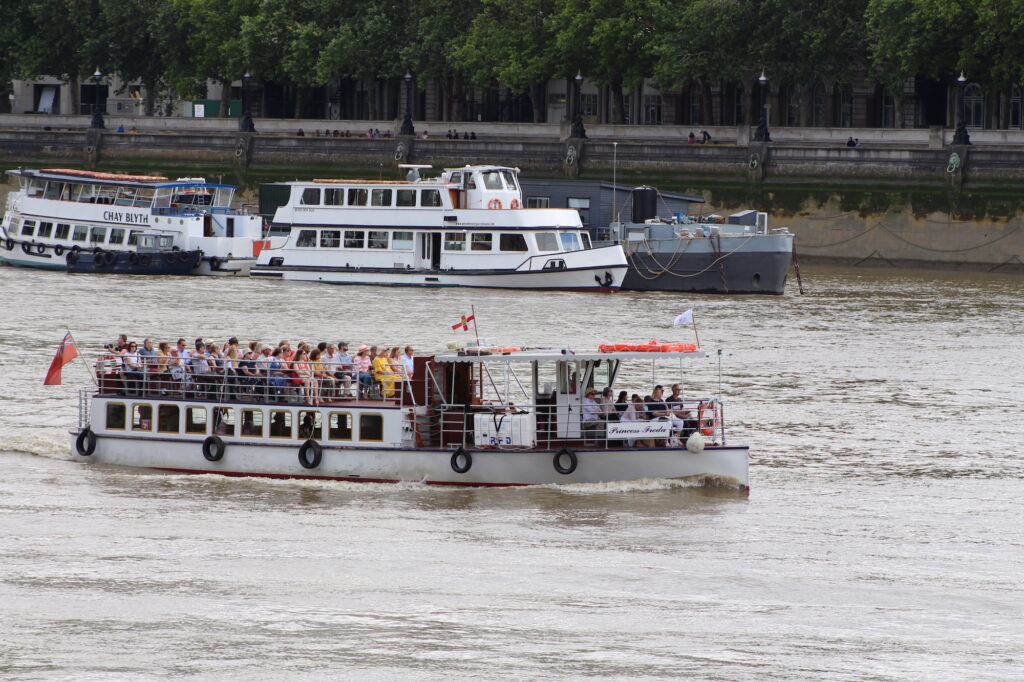
However, we’ve been able to see Thames Clippers back on the river since the middle of June, slowly building up passenger numbers and City Cruises, mostly working downstream from Westminster Bridge. Both have taken the required precautions to make their vessels Covid secure and, as cautious confidence returns so we have observed an increase in passengers.
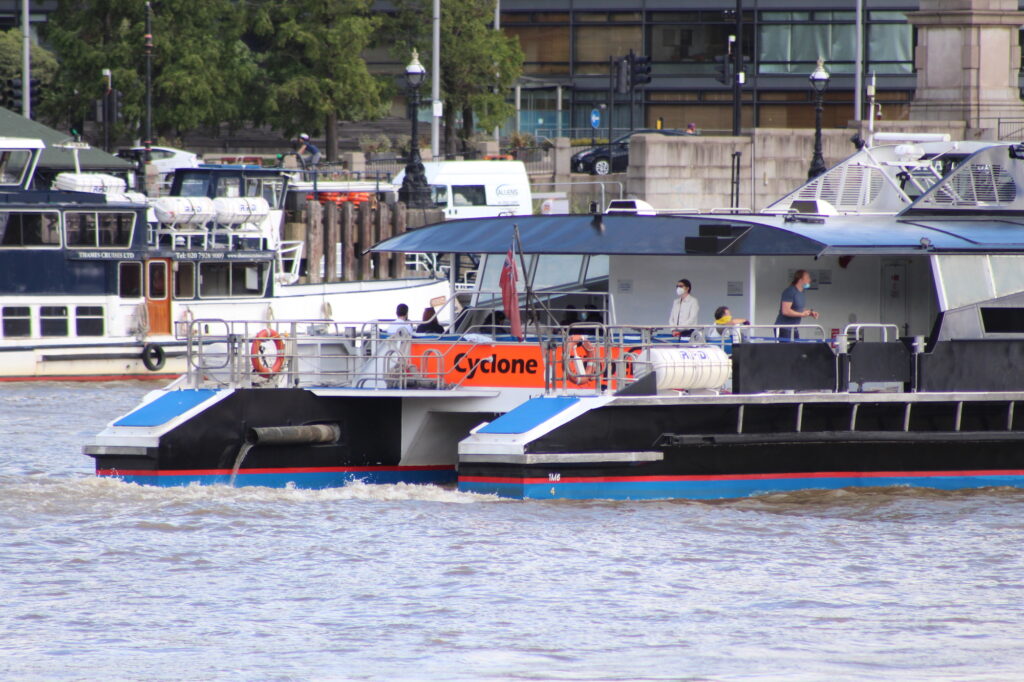
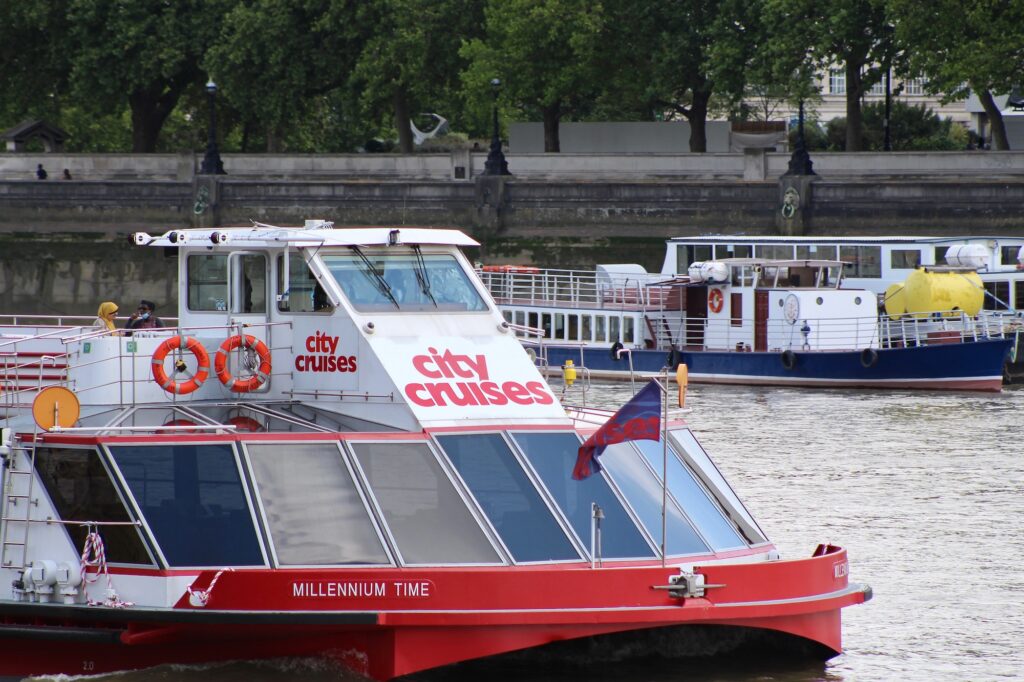
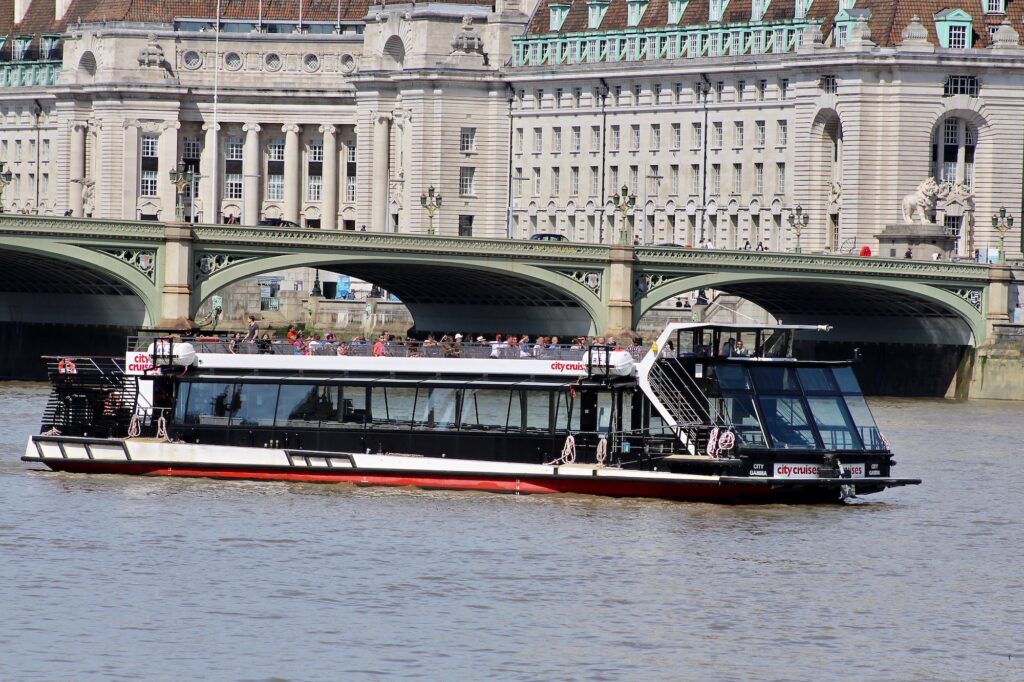
At the same time RIB tours are increasing with Thames Rockets, Thames RIB Experience and, though I haven’t seen Thames Jet on this stretch of the river yet, they are all providing exciting views of London from the water. And sometimes at white knuckle speed.
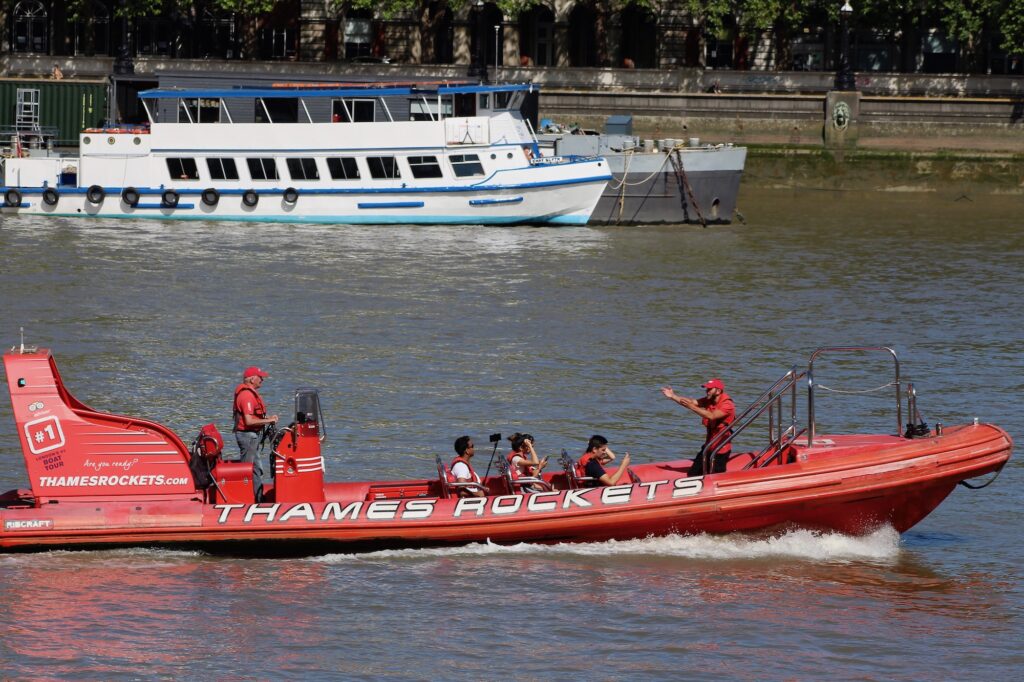
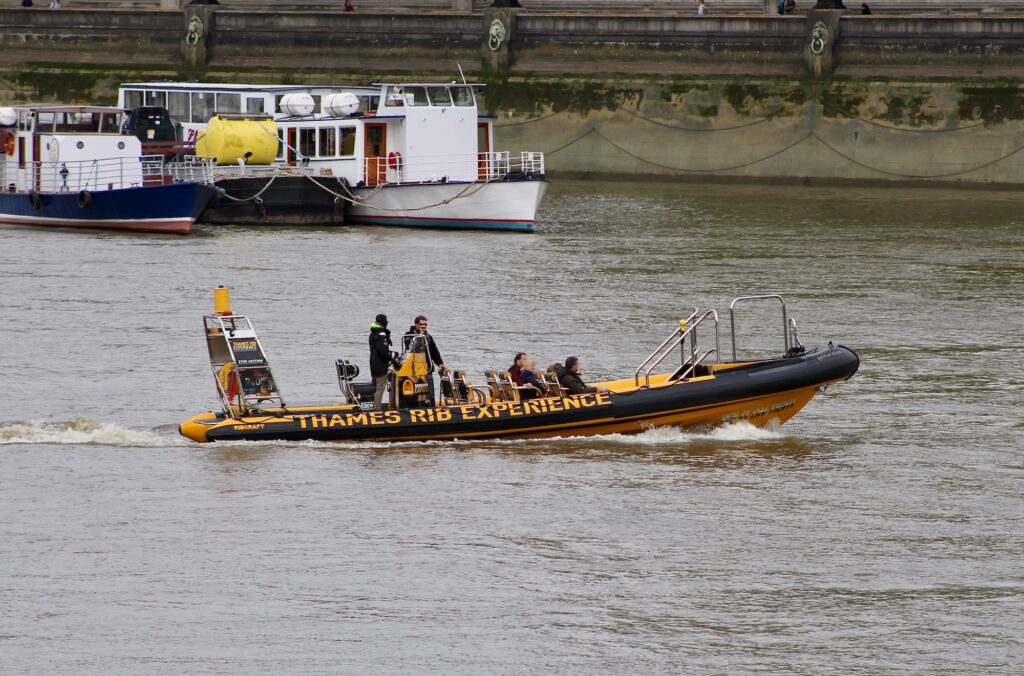
RIBs are also an effective, high-speed way of reacting to an emergency, so an important asset for the Police. We’ve seen them checking security along the river and occasionally seen them taking part in high-speed exercises.
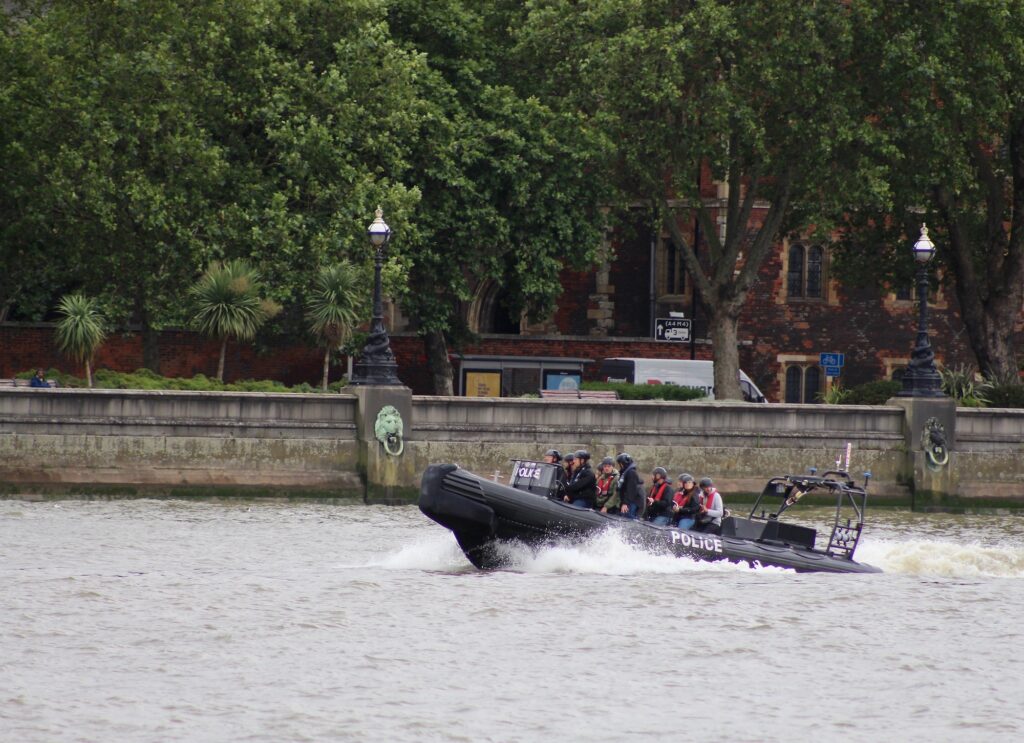
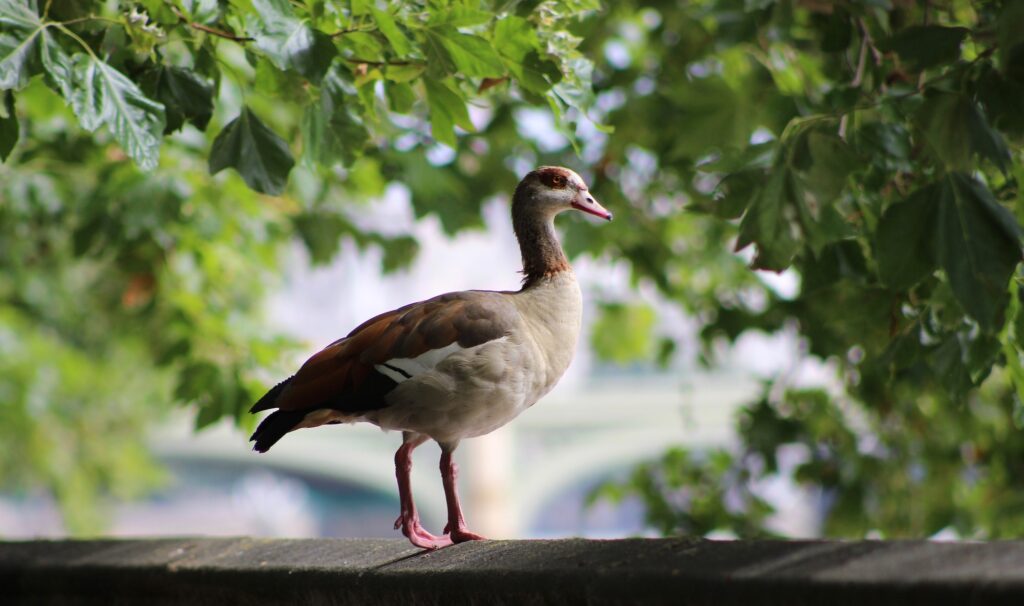
Slowly returning to pre-lockdown routines, tugs and their tows were evidence of greater activity on building sites upstream, particularly on the Tideway tunnel, with the delivery of tunnel segments, building materials, and the removal of spoil.
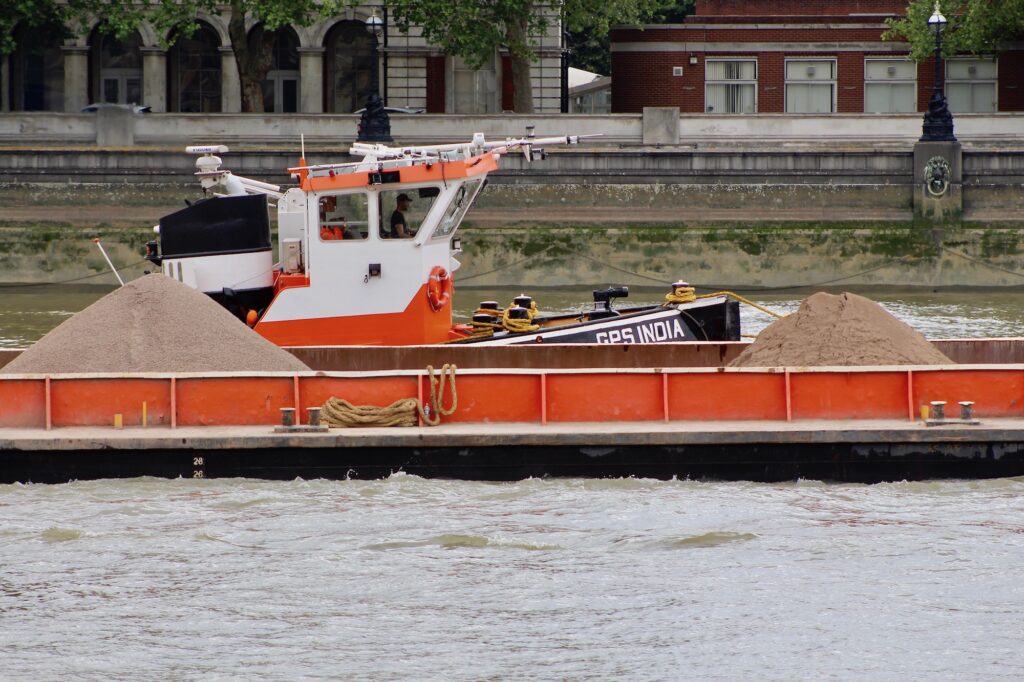
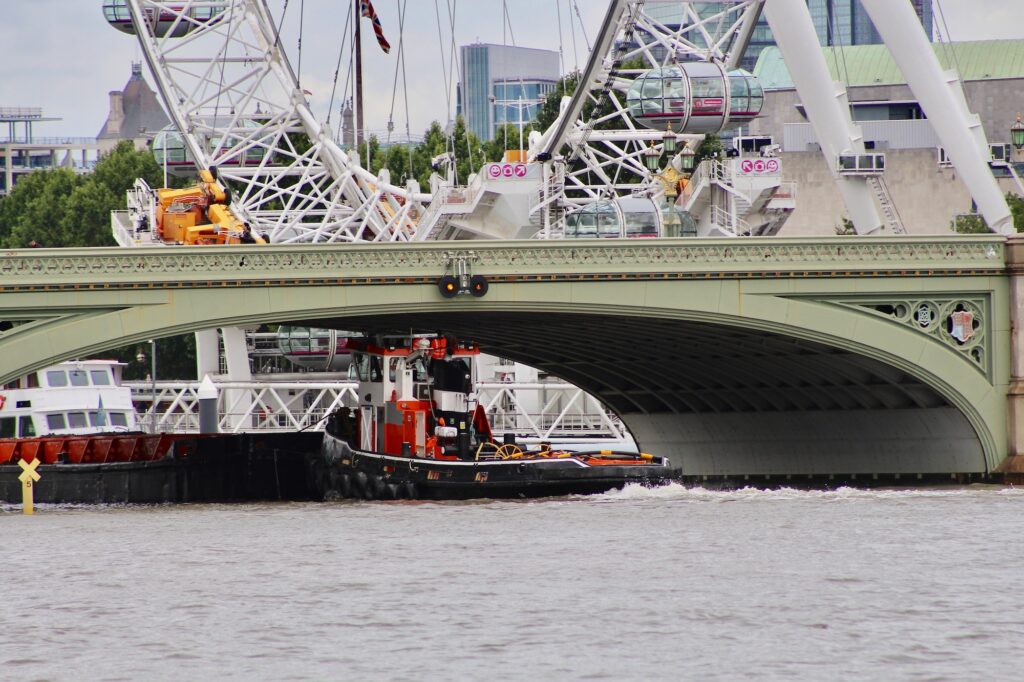
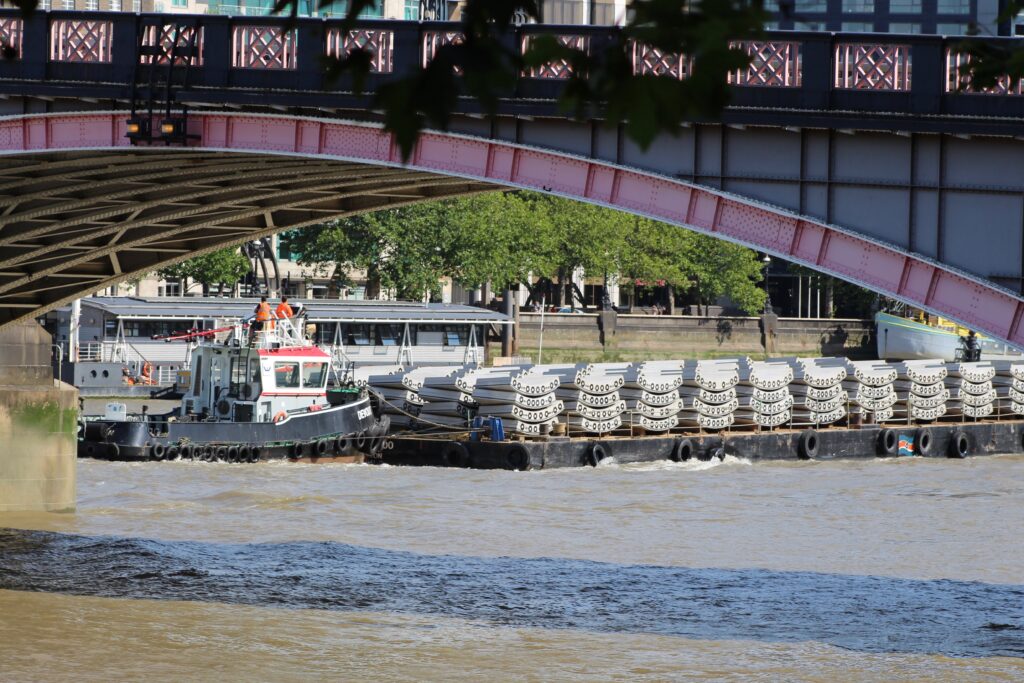
As well as the increase in commercial activity, Port of London vessels were carrying on with their normal functions, such as surveying channels, checking vessels, organising the clearing of potentially dangerous debris, and patrolling the ninety-five mile stretch of the tidal Thames.
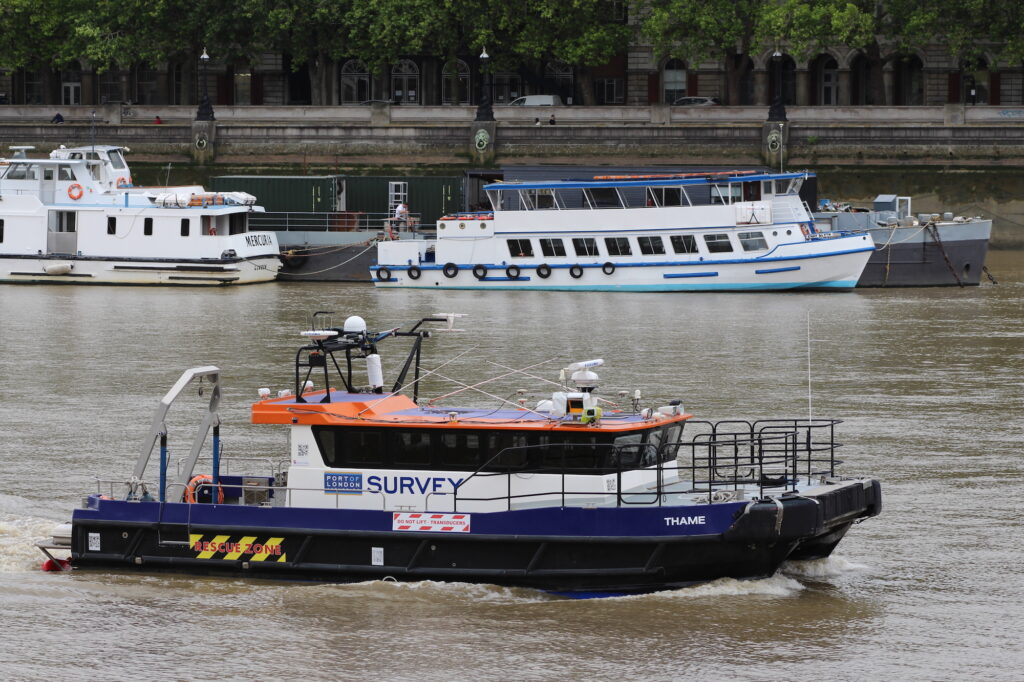
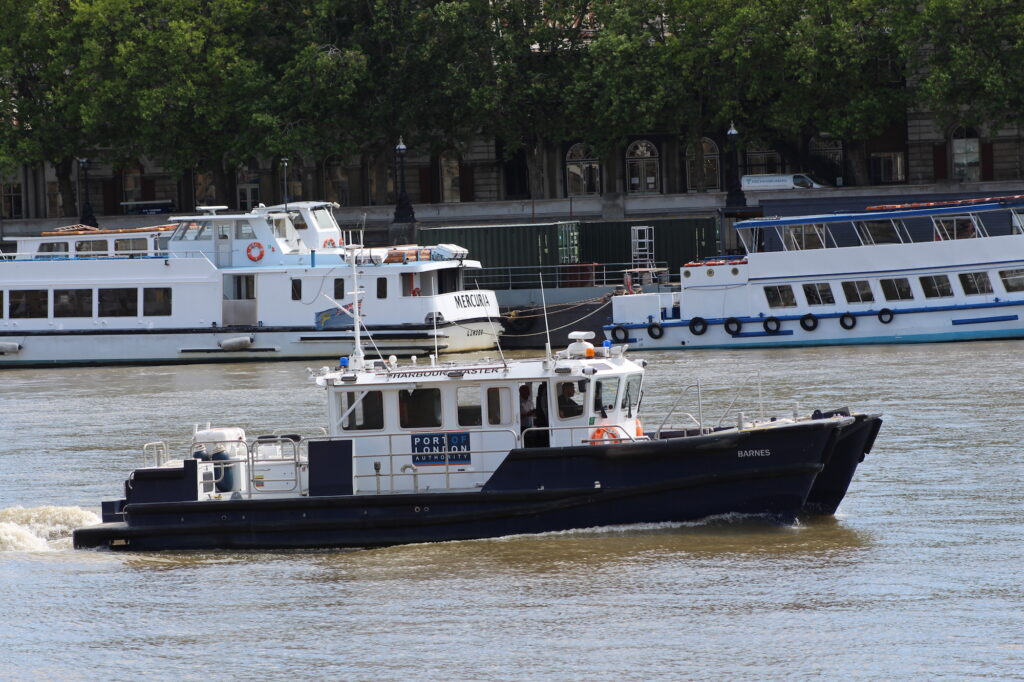
Always on stand-by and on occasional patrols for testing and training, are the London Brigade fire rescue boats, FIRE DART and FIRE FLASH.
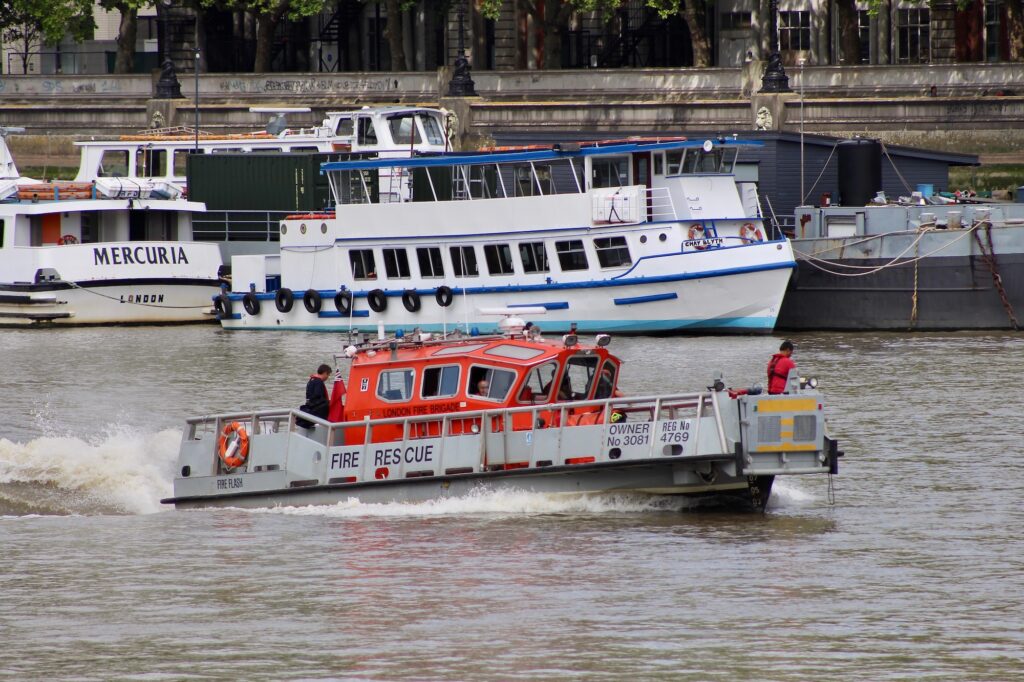
And as ever, the Marine Support Unit of the Metropolitan Police, with their Targa fast response vessels, are on constant watch along the river. If you walk for more than a short while along the banks of the central London Thames, you are almost bound to see one of them. Sometimes cruising in watch mode, sometimes speeding on a ‘shout’ to deal with a crime or to take part in a training exercise. However, if there are potential casualties involved, they will work with an RNLI crew from one the the four Thames stations, Tower RNLI being one of the busiest.
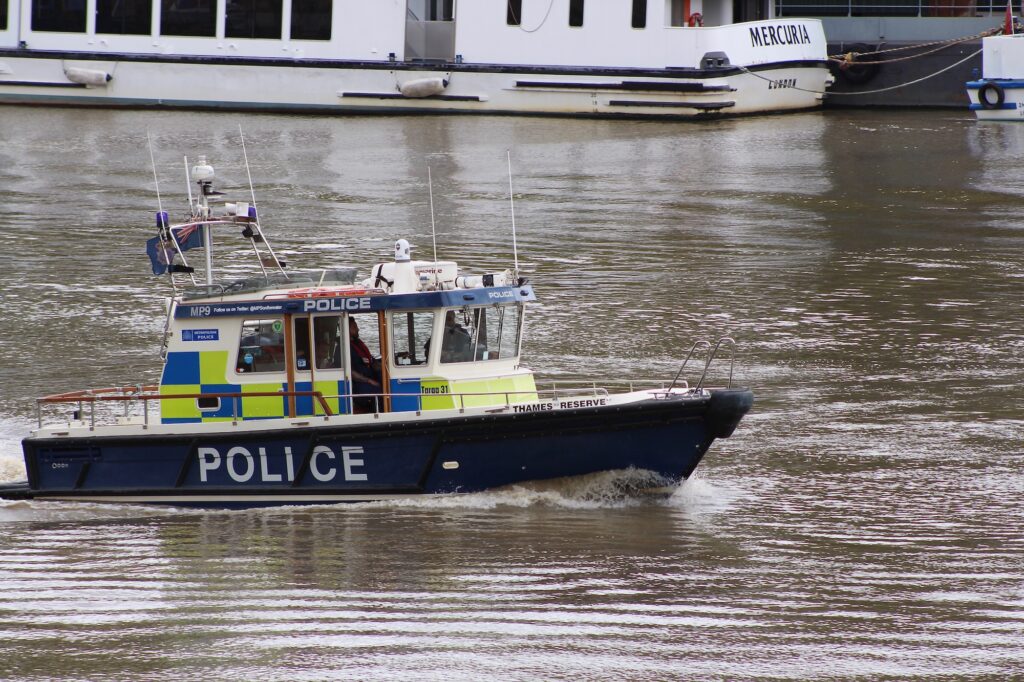
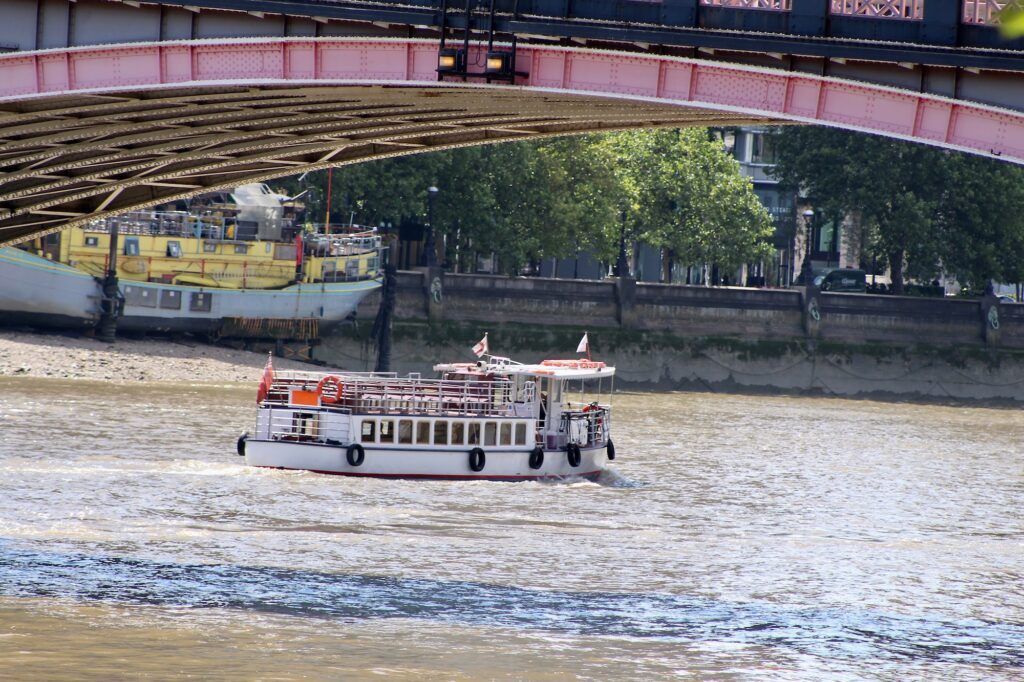
The number of new Covid cases is significantly reduced but everyone is rightly cautious and the full return of most pleasure and party boat cruises still seems a little way off. Though social distancing can be organised on an outside deck for some, it will be more difficult to manage inside spaces in a way that would be economically viable. Added to this, there are real fears of a second Covid spike, so a return to how life was anything like before will have to be carefully orchestrated.
Further information
Colliers Launches
City Cruises
Thames Clippers
To find out more history of the vessels on the Thames see YouTube channel : The Liquid Highway